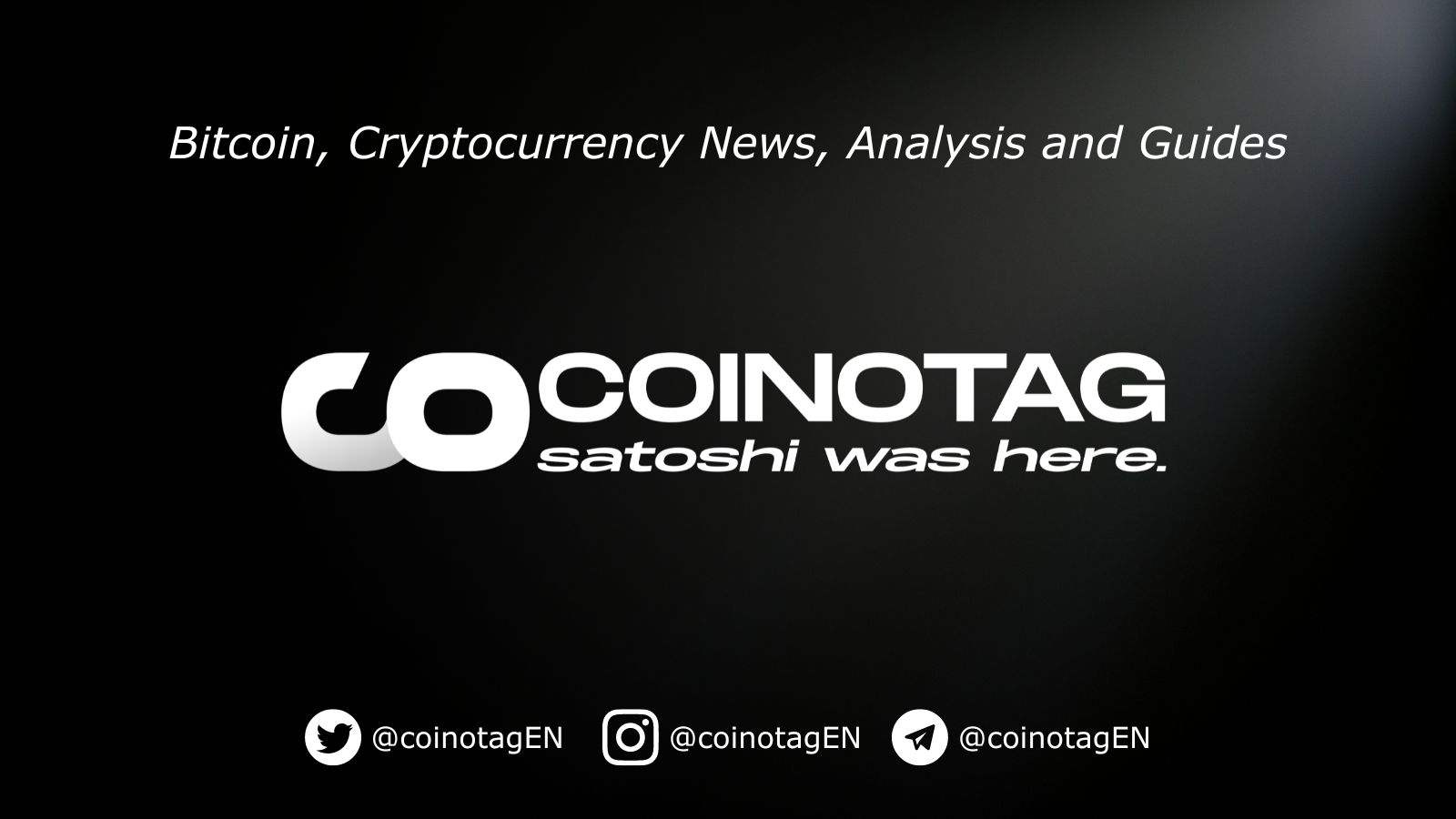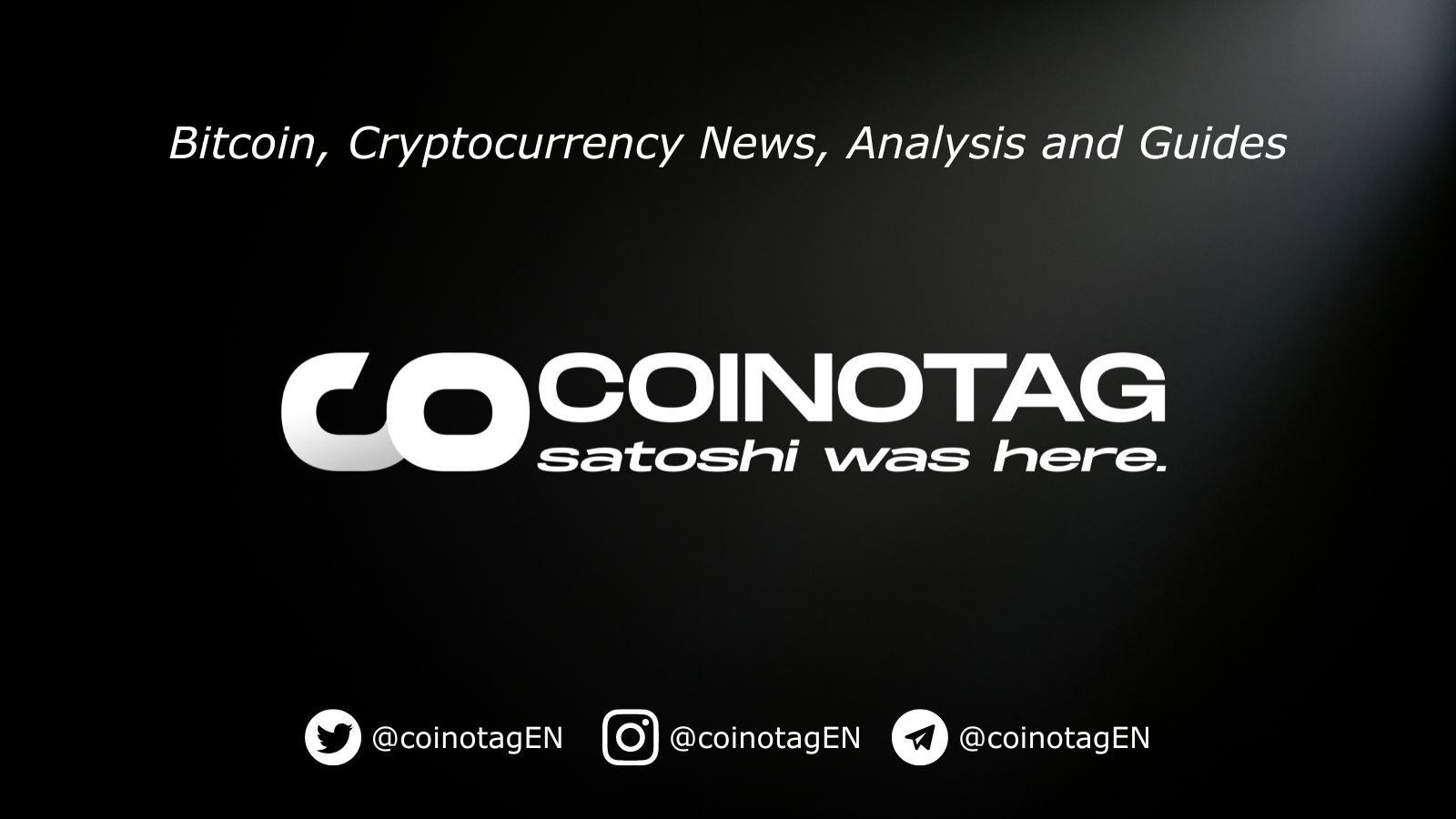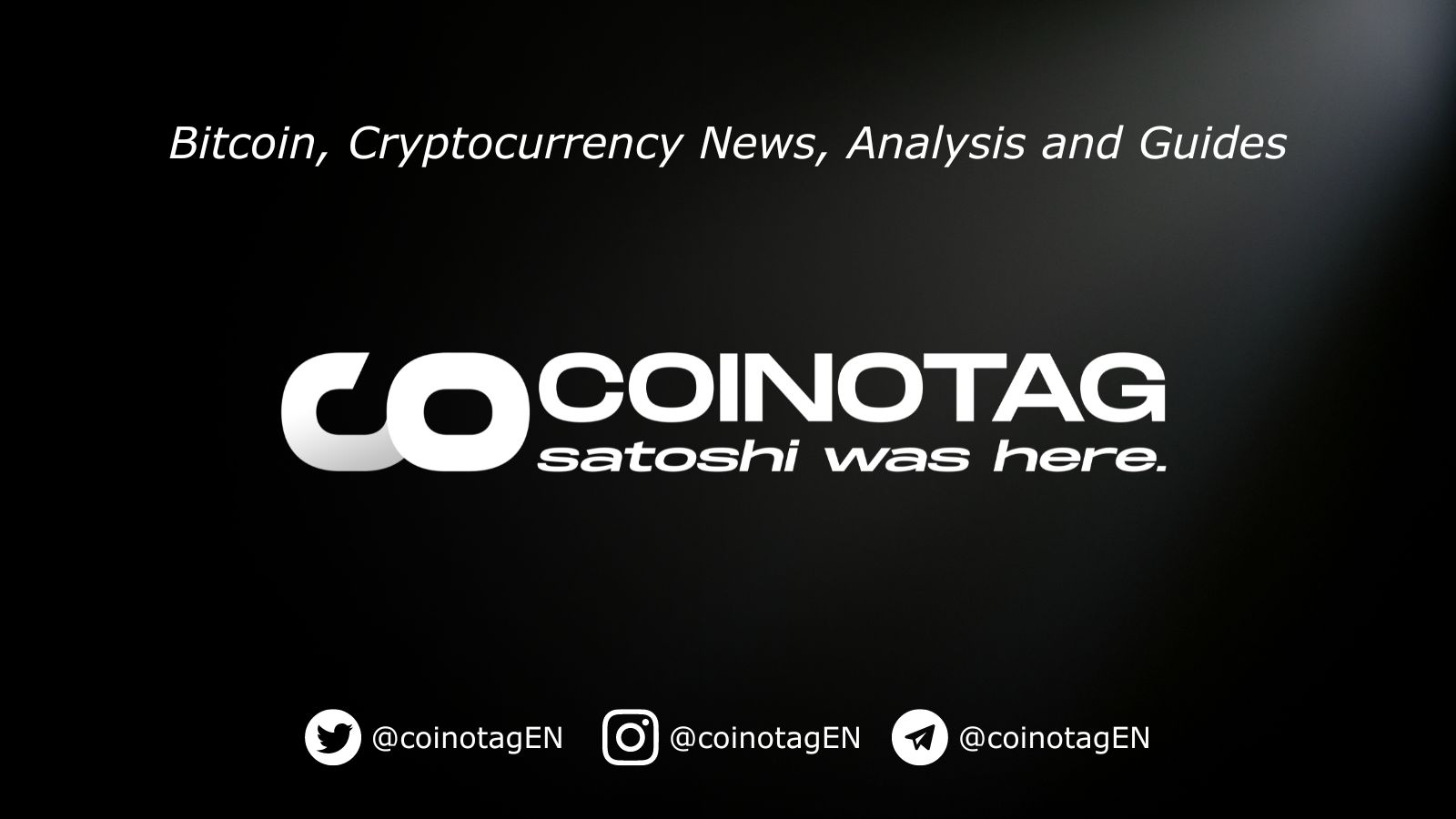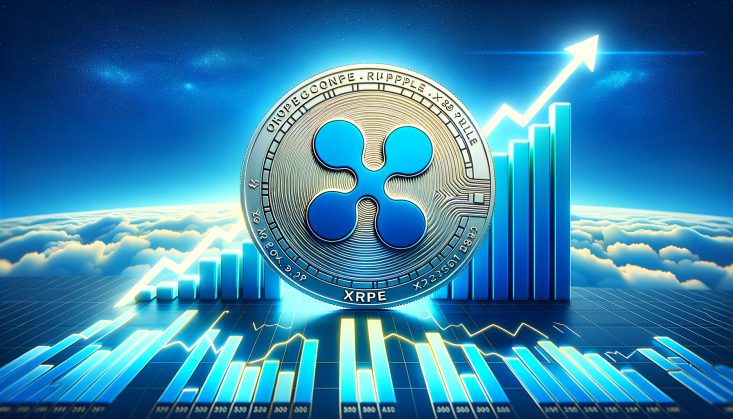
Anticipation is building ahead of Ripple Swell 2025, the company’s flagship conference scheduled for November 4 to 5 in New York, with a welcome reception on November 3. This year’s edition is set against a backdrop of growing institutional adoption of cryptocurrencies , and Ripple is bringing some of the world’s most powerful financial names to the stage. For the first time, the event will feature an extensive lineup of speakers from the White House and major traditional finance institutions, including BlackRock, Nasdaq, Bloomberg, and Citi. Major Financial Institutions Take The Stage Ripple’s 2025 edition of the Swell event is turning out to be filled with the biggest roster yet . Ripple has confirmed that the 2025 edition of Swell will host top executives from some of the largest names in both the crypto industry and in traditional finance. Among the notable names are Maxwell Stein, Director of Digital Assets at BlackRock; Adena Friedman, Chief Executive Officer at Nasdaq; Sandy Kaul, Head of Innovation at Franklin Templeton; and Hunter Horsley, CEO of Bitwise Asset Management. Other confirmed participants include senior representatives from Citi, Fidelity, JPMorgan Chase, Mastercard, CME Group, Moody’s, State Street, DBS Bank, Bloomberg, and Société Générale, among many others. This roster of names is the strongest representation of traditional finance in Swell’s eight-year history. Each of these executives brings deep institutional experience in asset management, banking, and capital markets, areas that are now embracing tokenization, digital payments, and blockchain settlement, and where Ripple is looking to become a major player. Nobody wants to be left behind in the blockchain/crypto movement. Therefore, discussions are expected to focus on how these institutions are preparing to integrate blockchain-based systems into global finance, particularly for cross-border transactions, stablecoin infrastructure, and regulated digital-asset investment products. Observers are also going to be watching for major announcements from Ripple at Swell, like new partnerships, new tokenization offerings, developments regarding Ripple’s RLUSD, institutional partnerships, and possibly some information regarding the launch of Spot XRP ETFs in the US. “From stablecoins and payments to regulation and real-world adoption, Swell brings together the conversations shaping the future of finance,” noted Ripple in a social media post. White House Representation At Swell 2025 Adding a new dimension to this year’s event is the confirmed participation of Patrick J. Witt, Executive Director of the Presidential Council of Advisors on Digital Assets (PCADA). Witt, who serves directly under the White House, will be making his first appearance at Ripple Swell, making this the first time in the event’s history that a sitting US government official has joined the speaker lineup since 2018. The inclusion of a White House voice at Swell 2025 upgrades the conference’s importance beyond the crypto community. It also shows the crypto-positive approach held by the current US administration.
Bitcoinist
You can visit the page to read the article.
Source: Bitcoinist
Disclaimer: The opinion expressed here is not investment advice – it is provided for informational purposes only. It does not necessarily reflect the opinion of BitMaden. Every investment and all trading involves risk, so you should always perform your own research prior to making decisions. We do not recommend investing money you cannot afford to lose.
Digital Yen Goes Live: JPYC EX Integrates Traditional Finance With DeFi

Japan has officially stepped into the regulated stablecoin era with the launch of JPYC EX, the country’s first fully licensed digital yen under the revised Payment Services Act. This milestone marks a pivotal moment for Japan’s financial sector, bridging traditional banking infrastructure with the Web3 ecosystem. Related Reading: Ethereum OG Drives $500M Liquidity Flow Into ConcreteXYZ & Stable Vaults – Details Building on earlier versions of JPYC, the new JPYC EX is designed to serve as a compliant, yen-backed stablecoin connecting the nation’s banking system to blockchain-based commerce, DeFi applications, and cross-border payments. With full legal authorization and asset backing, it positions the yen as a future cornerstone in global digital finance. According to CryptoQuant, the total stablecoin market capitalization has now surpassed $150 billion, forming the backbone of liquidity for crypto markets, DeFi protocols, and global payments. Analysts from Citi and Bloomberg project that this figure could expand to between $1.6 and $4 trillion by 2030. Within that rapid growth, JPYC is forecasted to capture roughly 2% of the market, reaching a valuation of around $70 billion. A Fully Regulated Digital Yen Bridging Japan’s Finance and Web3 What distinguishes JPYC EX from other stablecoins is its combination of regulatory clarity, asset backing, and technical versatility. Domestic bank deposits and Japanese government bonds fully collateralize each token, ensuring complete transparency and stability. This structure makes JPYC EX one of the world’s most legally robust stablecoins. A benchmark for compliance-driven innovation in digital finance. Built on Ethereum, Polygon, and Avalanche, JPYC EX provides instant yen transfers with near-zero fees. Making it a practical tool for businesses and individuals alike. It supports commerce, payroll, peer-to-peer payments, and DeFi applications, offering the efficiency of blockchain without sacrificing legal or operational safeguards. Related Reading: Bitcoin Heat Macro Phase Signals Accumulation Before Next Growth Wave JPYC EX also aligns closely with Japan’s digital transformation strategy, which aims to merge traditional finance with emerging Web3 systems. By serving as a settlement layer for e-commerce platforms, NFT marketplaces, and cross-border transactions, the stablecoin enables instant yen transfers across Asia, lowering costs and increasing accessibility for international trade. Looking ahead, analysts forecast JPYC’s market capitalization could reach $70 billion by 2030. It represents roughly 2% of the global stablecoin market. This growth potential underscores Japan’s ambition to establish the digital yen as a key pillar of the decentralized global economy. With its blend of regulatory trust, technological precision, and global reach, JPYC EX may redefine how national currencies operate in the Web3 era. Stablecoin Dominance Shows a Cooling Phase After Recent Surge The chart shows that stablecoin market dominance currently sits around 8.31%, following a sharp rise earlier in October that pushed the ratio above 9%. This level often signals heightened demand for liquidity and safety, as traders move capital into stable assets amid market uncertainty. Over the past few months, dominance has steadily climbed from the 7.3%–7.5% range, reflecting a cautious sentiment as Bitcoin and major altcoins face selling pressure. However, the recent pullback suggests that some funds are beginning to rotate back into risk assets, a potential early sign of market stabilization. Technically, the dominance remains above both the 50-day and 200-day moving averages, indicating a broader uptrend in liquidity positioning. If this level holds, it may serve as a buffer during continued volatility. Conversely, a sustained drop below 8% could signal that traders are redeploying capital into crypto assets, possibly fueling short-term rallies. Related Reading: Bitcoin STH-SOPR Falls Below 1.0 for the First Time Since April – What This Means Stablecoin dominance remains elevated — a sign that market participants still prefer holding dry powder. Until dominance begins a more decisive decline, this cautious stance will likely persist, underscoring the market’s fragile balance between risk-off sentiment and the readiness for re-entry into volatile assets. Featured image from ChatGPT, chart from TradingView.com Bitcoinist
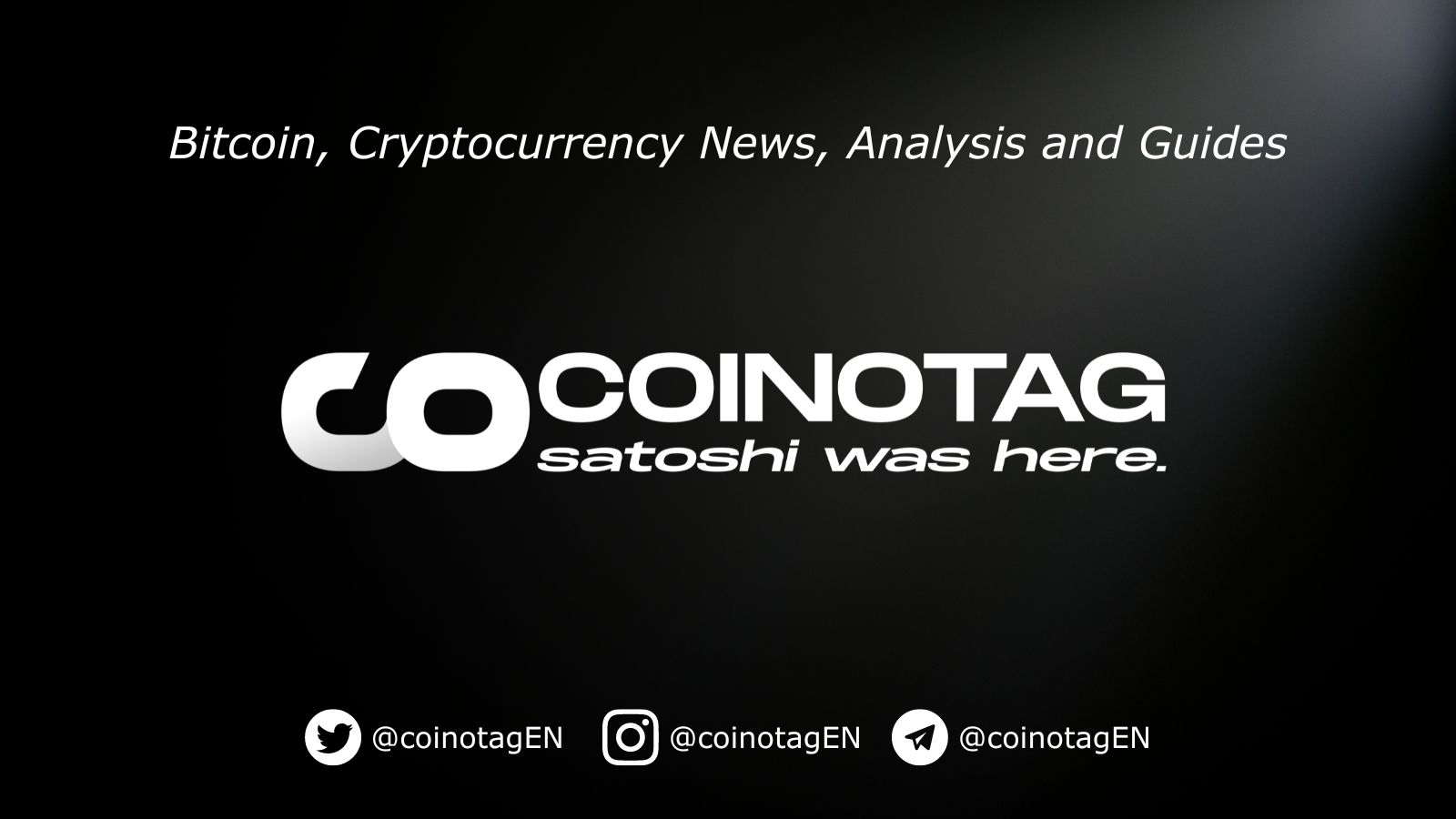
South Korean Exchanges See Surge in USDT Transactions with Sanctioned Cambodian Firm
Huione Guarantee, a Cambodian entity affiliated with the sanctioned Huione Group, conducted crypto transactions worth 12.86 billion won ($8.98 million) with five major South Korean exchanges in 2024, primarily in Bitcoinist




